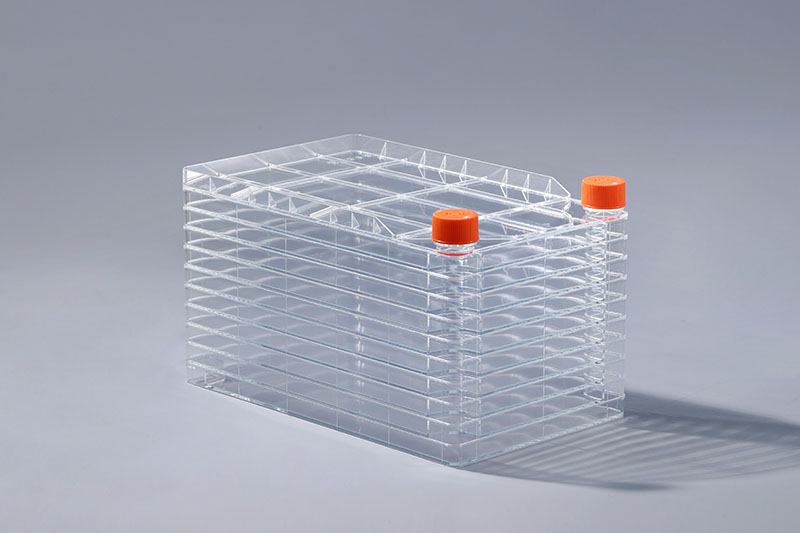ir plaši izmantots palīgmateriāls liela mēroga šūnu kultūrā. Tā struktūra sastāv no viena vai vairākiem slāņiem, un augšējais slānis ir aprīkots ar diviem perfūzijas portiem. Kāds process tiek izmantots, lai ražotu tik sarežģītu struktūru?Šūnu rūpnīcas pieņemtais iesmidzināšanas formēšanas process galvenokārt ietver šādas darbības:elementu rūpnīca
①Pirmsformēšanas process:
Pirmsformēšanas process. ir tas, ka plastmasas materiāls tiek karsēts, transportēts, saspiests, griezts, sajaukts un homogenizēts mucā, lai pārveidotu materiālu no stikla stāvokļa viskozā šķidrā stāvoklī, lai atbilstu iesmidzināšanas formēšanas prasībām.
②Iesmidzināšanas iepildīšanas process:
Iesmidzināšanas iepildīšanas stadijā skrūve iesmidzina kausējumu uzglabāšanas kamerā dobumā caur sprauslu, veidnes vadu un vārtiem zem iesmidzināšanas cilindra vilces.
③ Saspiešanas un saspiešanas process:
Turpiniet iesmidzināšanu, lai aizpildītu tilpumu, ko daļa atbrīvojusi saraušanās dēļ.
④Dzesēšanas un iestatīšanas process:
Pēc noturēšanas spiediena beigām vārti ir sasaluši. Izstrādājums tiek pakļauts dzesēšanas un sacietēšanas periodam.
⑤ Izstumšanas un savākšanas process:
Pēc tam, kad izstrādājums ir kādu laiku atdzesēts, tam ir noteikta stingrība un izturība. Detaļa tiek izspiesta no iesmidzināšanas veidnes ar veidnes ežektora tapu.
Šūnu rūpnīcas augšējā slāņa uzpildes atvere un galvenais korpuss ir integrēti ar iesmidzināšanu. Šis process var nodrošināt, ka izstrādājumam ir labāka blīvējuma veiktspēja un laba izturība. Iepriekš minētais ir šūnu rūpnīcas ražošanas process. Turklāt iesmidzināšanas liešanas process ir piemērots arī poliolefīna, poliamīda, polioksimetilēna, polikarbonāta un citu materiālu apstrādei.
The filling port and the main body of the top layer of the cell factory are integrally injection-molded. This process can ensure that the product has better sealing performance and good strength. The above is the production process of the cell factory. In addition, the injection molding process is also suitable for the processing of polyolefin, polyamide, polyoxymethylene, polycarbonate and other materials.
The FAI climbed 5.9 percent year-on-year in the first 11 months of 2018, quickening from the 5.7-percent growth in Jan-Oct, the National Bureau of Statistics (NBS) said Friday in an online statement.
The key indicator of investment, dubbed a major growth driver, hit the bottom in August and has since started to rebound steadily.
In the face of emerging economic challenges home and abroad, China has stepped up efforts to stabilize investment, in particular rolling out measures to motivate private investors and channel funds into infrastructure.
Friday's data showed private investment, accounting for more than 60 percent of the total FAI, expanded by a brisk 8.7 percent.
NBS spokesperson Mao Shengyong said funds into weak economic links registered rapid increases as investment in environmental protection and agriculture jumped 42 percent and 12.5 percent respectively, much faster than the average.
In breakdown, investment in high-tech and equipment manufacturing remained vigorous with 16.1-percent and 11.6-percent increases respectively in the first 11 months. Infrastructure investment gained 3.7 percent, staying flat. Investment in property development rose 9.7 percent, also unchanged.
 English
English



















































